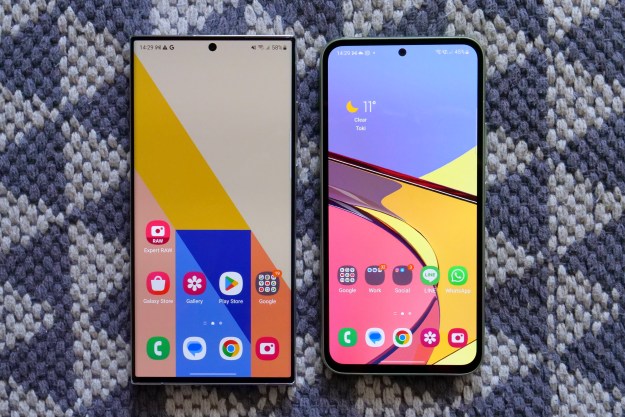
Market research firm Comscore has released its mobile phone market share figures for the period of February through May of 2010, and the results show that every major smartphone platform maker—Apple, Microsoft, RIM, and Palm—lost marketshare during the time period. Everyone, that is, except for Google’s Android, which saw its share of the smartphone market jump from 9 percent to 13 percent, a gain of over 40 percent during the three month period.
Although it is important to note that this data covers the period before Apple’s recent launch of the iPhone 4, the findings underscore the growing significance of the Android platform, as well as it’s apparent acceptance by consumers. The market data also doesn’t include the launch of several recent high-end Android devices, like the HTC Evo 4G.
Overall, Comscore found that RIM remained the overall market leader with 41.7 percent of U.S. smartphone subscribers—although that’s a drop from 42.1 percent in February of 2010. Apple say its share slide from 25.4 percent to 24.4 percent during the February-to-May timeframe but managed a strong second-place finish. Microsoft came in third with a 13.2 percent share, but that’s a 1.9 percent decline since February and puts it only 0.2 percent ahead of Android, meaning Android may well overtake Microsoft in the smartphone operating system market in the next few months, particularly since Microsoft’s Windows 7 Phone is not due until later this year. Palm rounded out the category with fifth place, accounting for 4.8 percent of the smartphone market, down 0.6 percent compared to February.
Editors' Recommendations
- How to find your phone number on iPhone or Android
- How to find your lost phone (tips for iPhone and Android)
- How to reverse image search on Android or iPhone
- How to use ChatGPT on an iPhone and Android phone
- How to block a number on iPhones and Android phones


